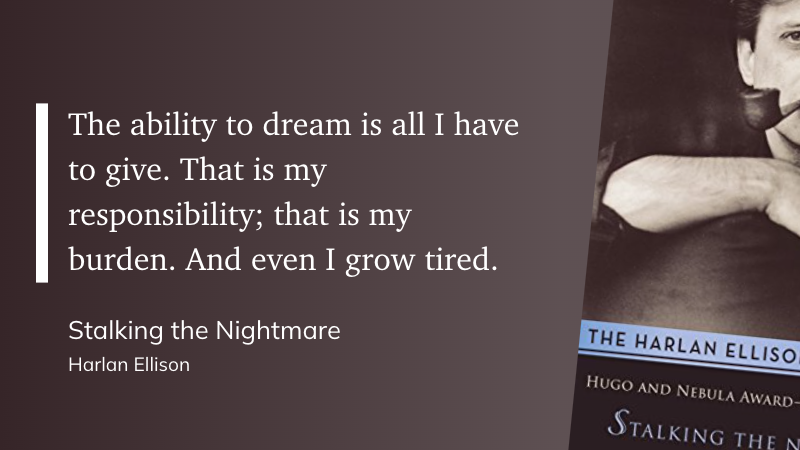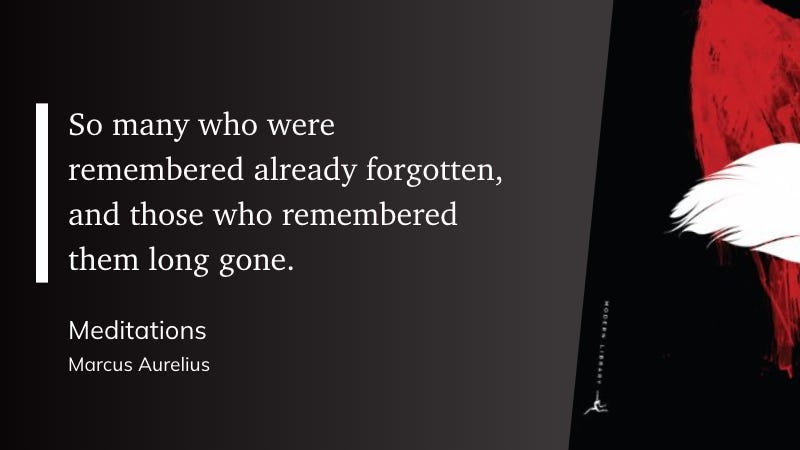
Google Sites is a user-friendly website creation tool that integrates seamlessly with other Google Workspace applications. Here are some compelling reasons to consider using a Google Site in conjunction with your LMS:
Customization
Google Sites allows for a higher degree of customization in design and layout, enabling you to create visually appealing and interactive pages. Unlike the often standardized templates provided by LMS platforms, Google Sites offers the flexibility to design your course site according to your specific needs and preferences. You can choose from a variety of themes, color schemes, fonts, and layouts to match your course branding. This customization can help create a more engaging and visually stimulating environment for students, which can enhance their learning experience.
Resource Hub
A Google Site can serve as a central hub for resources, supplementary materials, and external links that complement the course content within your LMS. Instead of scattering resources across different sections of the LMS, you can consolidate them in one easily accessible location. This might include links to e-books, scholarly articles, relevant websites, multimedia resources, and more. By organizing these materials on a Google Site, you can provide students with a streamlined and organized repository of information that supports their learning and makes it easier for them to find what they need.
Accessibility
A Google Site can provide an easy-to-navigate interface for students and parents, offering a clear overview of course materials, announcements, and updates. The intuitive design of Google Sites ensures that users, regardless of their technical proficiency, can easily find and access the information they need. This is particularly beneficial for parents who may want to stay informed about their child’s progress and course requirements. Additionally, Google Sites is mobile-friendly, allowing users to access the site from any device, ensuring that course information is always accessible.
Engagement
Interactive elements like embedded videos, forms, and Google Docs can enhance student engagement and participation. Google Sites supports the embedding of various types of media and interactive content, making it easy to create a dynamic and engaging learning environment. You can embed instructional videos and interactive quizzes using Google Forms, collaborative documents, and slideshows. These elements not only make the content more engaging but also provide multiple avenues for students to interact with the material, catering to different learning styles and preferences. For instance, you can embed a Google Form for quick surveys or formative assessments or use Google Docs for collaborative projects where students can work together in real time.
Enhanced Communication
Google Sites can facilitate better communication between educators, students, and parents. By integrating Google Sites with your LMS, you can post announcements, updates, and reminders in a more visible and accessible manner. The site can include a dedicated page for frequently asked questions (FAQs), a calendar of events, and contact information, ensuring that all stakeholders are well-informed and can easily reach out with any questions or concerns.
Seamless Integration
Google Sites integrates seamlessly with other Google Workspace applications, such as Google Drive, Google Docs, Google Sheets, and Google Calendar. This integration allows you to easily embed documents, spreadsheets, and calendars directly into your Google Site, providing a cohesive and interactive experience for users. For example, you can embed a Google Calendar that syncs with your LMS calendar to display important dates and deadlines or include Google Docs for real-time collaboration and feedback.
Professional Development and Community Building
Creating a Google Site can also support professional development and community building among educators. Teachers can collaborate on site design and content creation, sharing best practices and resources. This collaborative approach can foster a sense of community and continuous learning among educators, ultimately benefiting the students they serve.
Conclusion
Incorporating a Google Site as a companion to your LMS offers numerous benefits, from enhanced customization and resource organization to improved accessibility and engagement. By leveraging the strengths of both platforms, you can create a more effective and engaging learning environment that meets your students’ diverse needs and supports their academic success.
The Eclectic Educator is a free resource for all who are passionate about education and creativity. If you enjoy the content and want to support the newsletter, consider becoming a paid subscriber. Your support helps keep the insights and inspiration coming!
















